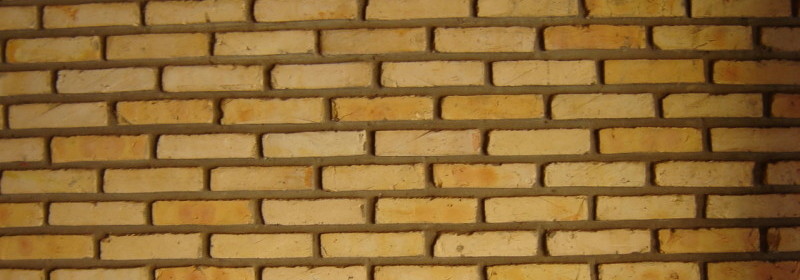Let’s start with “What are cells?” The human body is made up of cells. Same as bricks join together to form a building; your cells join together to form your body. Everything you see in your body is made of cells.
Cells are everywhere including the blood, bones and muscles.

Why Diabetes Damages Your Bodies Cells?
When you have diabetes, you don’t have enough insulin in your blood (an organ in your body called the pancreas makes insulin). Insulin controls the movement of blood sugar into the cells of the body.
For body cells to continue growing and working, they need energy (blood sugar is the energy source your body cells feed on). When there is no insulin, body cells cannot get the blood sugar they need. This leads to the blood sugar accumulating in the blood (excess blood sugar).

Have you ever watched soil soak up water? Just like that, excess blood sugar in the blood will get water out of your bodies cells, shrinking them and making them unhealthy. If this continues for a long period, your cells will continue to damage and eventually die.
How Else Does Diabetes Damage The Cell?
Lack of insulin affects other cells, such as nerve cells, in a different way. Nerve cells make up your brain and body nerves, which carry signals from your brain to your body parts.
Nerve cells will allow blood sugar to get into them without the help of insulin. Without insulin, the blood sugar will not feed the cells. The sugar will accumulate in the cells and damage them. Damaged nerve cells cause numbness and tingling in the feet and hands.
Excess blood sugar in the blood also damages the cells in blood vessels. This damage reduces blood circulation. This is why people with diabetes lose their legs, kidney functions and eye sight.
